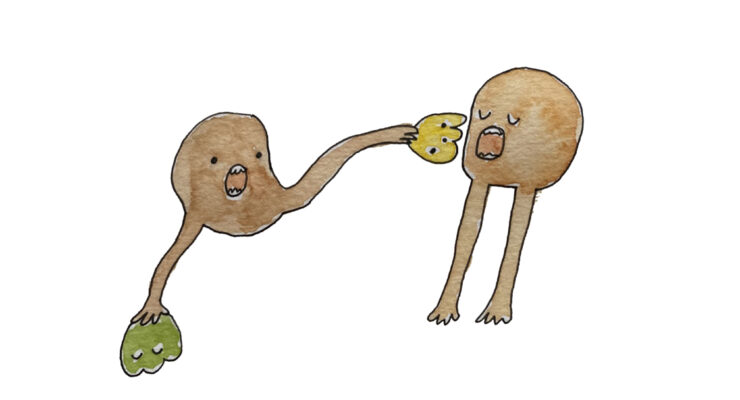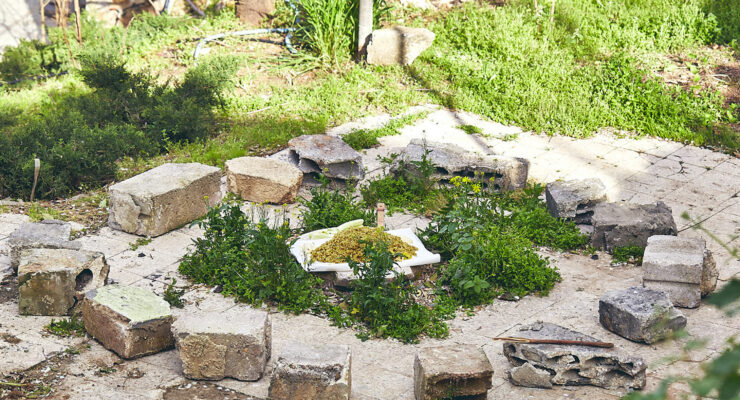Using food as a design material: eating data.
Studio Inés Lauber is an conceptual food and design studio based in Berlin since 2012. The studio raises awareness on the subjects of sustainability, seasonality, locality and maintaining biodiversity through storytelling and conceptual design. Inés Lauber mainly works with local and sustainable produce and collaborates with projects and small businesses that have social and environmental sustainability high on their agenda. Experimenting with foraged ingredients and traditional preserving methods, researching on healing aspects and cultural values of food, the studio blurs the boundaries between forgotten and modern, traditional and new, offering food concepts to not only feed your body, but also your mind.
One of these concepts was “Data Bites”. Data Bites is a fingerfood concept based on data sets developed for the reception party of Information+ Conference 2018 (Potsdam, Germany) an international conference on the visualization of data and information design. To fit the conference theme, Data Bites consisted of five different edible data sets either based on information drawn from the Information+ audience, the region of Berlin-Brandenburg or sustainability related topics.
By eating the Data Bites, the audience was informed about relatable topics in a multi-sensory experience, in a different way than they are used to. It emphasized the way food can cross the boundaries that linguistic and visual language can’t on their own. By our culture, memories or emotions, everyone can understand and relate to the language of food in one way or another.










